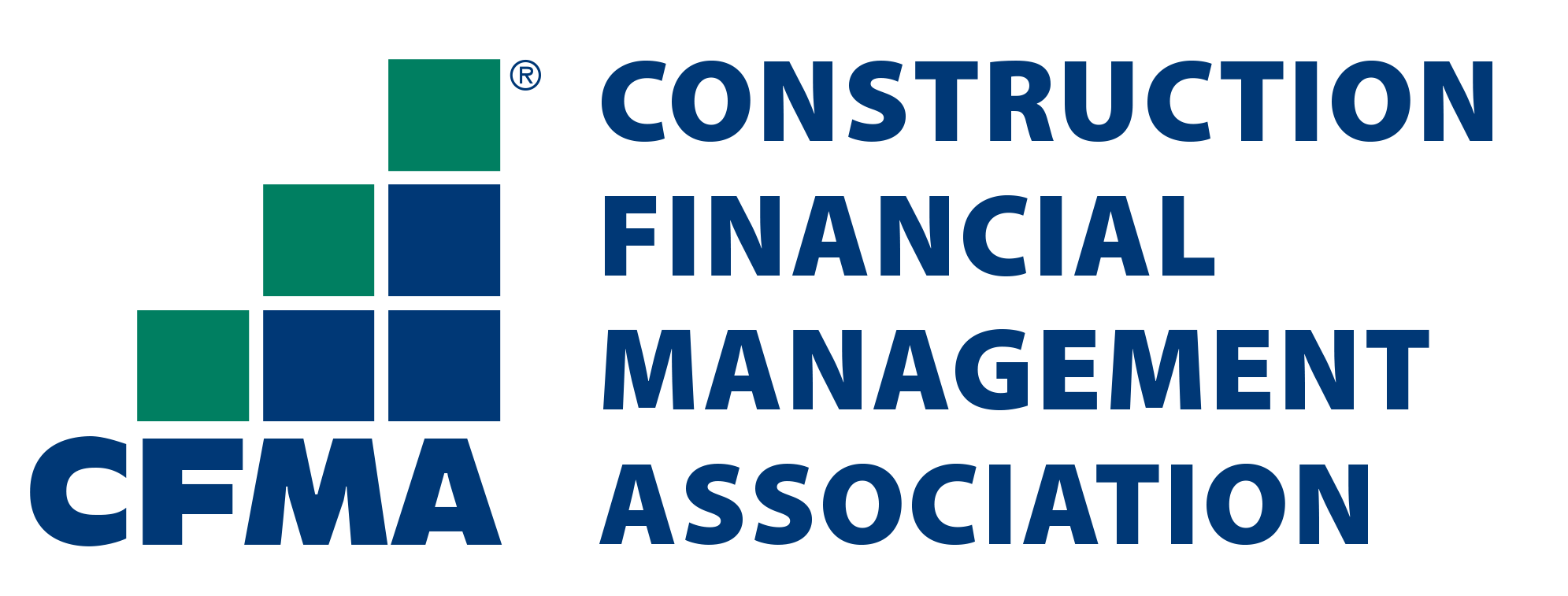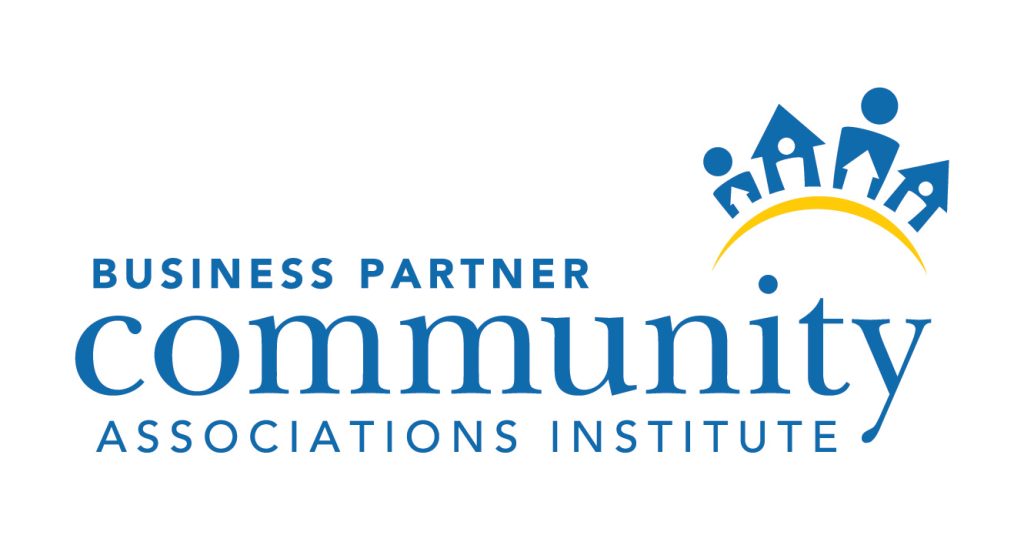
Navigating Real Estate Accounting for Government Entities: A Comprehensive Guide
- January 3, 2024
- OHI

Construction is a multifaceted and often intricate industry that demands meticulous financial management to ensure projects are completed successfully, on time, and within budget. Effective construction accounting is the linchpin of this financial oversight, providing construction companies and contractors with the tools and insights they need to track expenses, manage cash flow, and optimize profitability. In this comprehensive guide, we will delve into the world of construction accounting, offering an extensive exploration of its fundamental principles, unique challenges, and best practices. By the end of this guide, you’ll have a comprehensive understanding of construction accounting and be better equipped to navigate the financial aspects of the construction business effectively.
The Basics of Construction Accounting:
Construction accounting, at its core, is a specialized branch of accounting that focuses on the financial management of construction projects. It involves tracking revenue, expenses, and assets associated with these projects while adhering to industry-specific accounting principles and regulations. Understanding the fundamental principles of construction accounting is crucial to effectively manage the finances of your construction business.
Construction projects often span extended periods, and revenue recognition is a key concern. In construction accounting, revenue is typically recognized based on the percentage of completion method, which means that revenue is recognized as work on a project progresses.
Construction companies must decide between two primary accounting methods: accrual basis and cash basis.
Choosing between these methods depends on factors such as the size of your construction business, the nature of your projects, and your financial reporting requirements.
To effectively manage your construction business’s finances, setting up a well-structured chart of accounts is essential. A chart of accounts is a categorized list of all financial accounts used in your business. In construction accounting, it should be tailored to capture the unique financial transactions and reporting requirements of the industry.
Each account in the chart of accounts is assigned a unique code or number, making it easier to track and report financial data accurately. Common categories in a construction chart of accounts include revenue, expenses, assets, liabilities, and equity. Tailoring your chart of accounts to construction allows you to track income and expenses accurately, making it an invaluable tool for financial management.
Job Costing Essentials:
Job costing is the heart of construction accounting. It involves allocating and tracking all costs associated with specific construction projects. To accomplish this effectively, you’ll need to:
By accurately tracking direct and indirect costs, you can determine the true cost of each project, assess profitability, and make informed financial decisions.
Cost codes and categories are essential components of job costing in construction accounting. They provide a structured framework for organizing and tracking expenses associated with specific aspects of a project. Here’s how they work:
Using cost codes and categories streamlines job costing, making it easier to analyze project costs and identify areas for cost control or improvement.
Effective budgeting and forecasting are critical in construction accounting. Accurate budgets help you plan and allocate resources efficiently, while regular forecasting allows you to adapt to changing project conditions. Here’s how you can approach these tasks:
Effective budgeting and forecasting provide you with valuable tools for project management, helping you control costs, improve financial performance, and make informed decisions to enhance profitability.
Cash Flow Management:
Cash flow management is a critical aspect of construction accounting. Construction projects often require significant upfront investments, yet payments from clients may not be received until milestones are reached or the project is completed. To manage cash flow effectively:
By maintaining healthy cash flow, you can ensure the financial stability of your construction business and avoid disruptions to ongoing projects.
Real estate accounting for government entities is a highly specialized and complex field that requires a deep understanding of GASB standards, regulatory compliance, and the unique financial challenges faced by the public sector. By adhering to these principles and embracing technology, government entities can effectively navigate the intricate landscape of real estate accounting, ensuring transparency, accountability, and responsible financial management for the benefit of their constituents.
In an ever-evolving financial environment, government entities must remain vigilant in their commitment to financial transparency and compliance, as these principles are essential for maintaining public trust and confidence.
Contact us for a customized NO OBLIGATION proposal for outsourcing your accounting activities.









